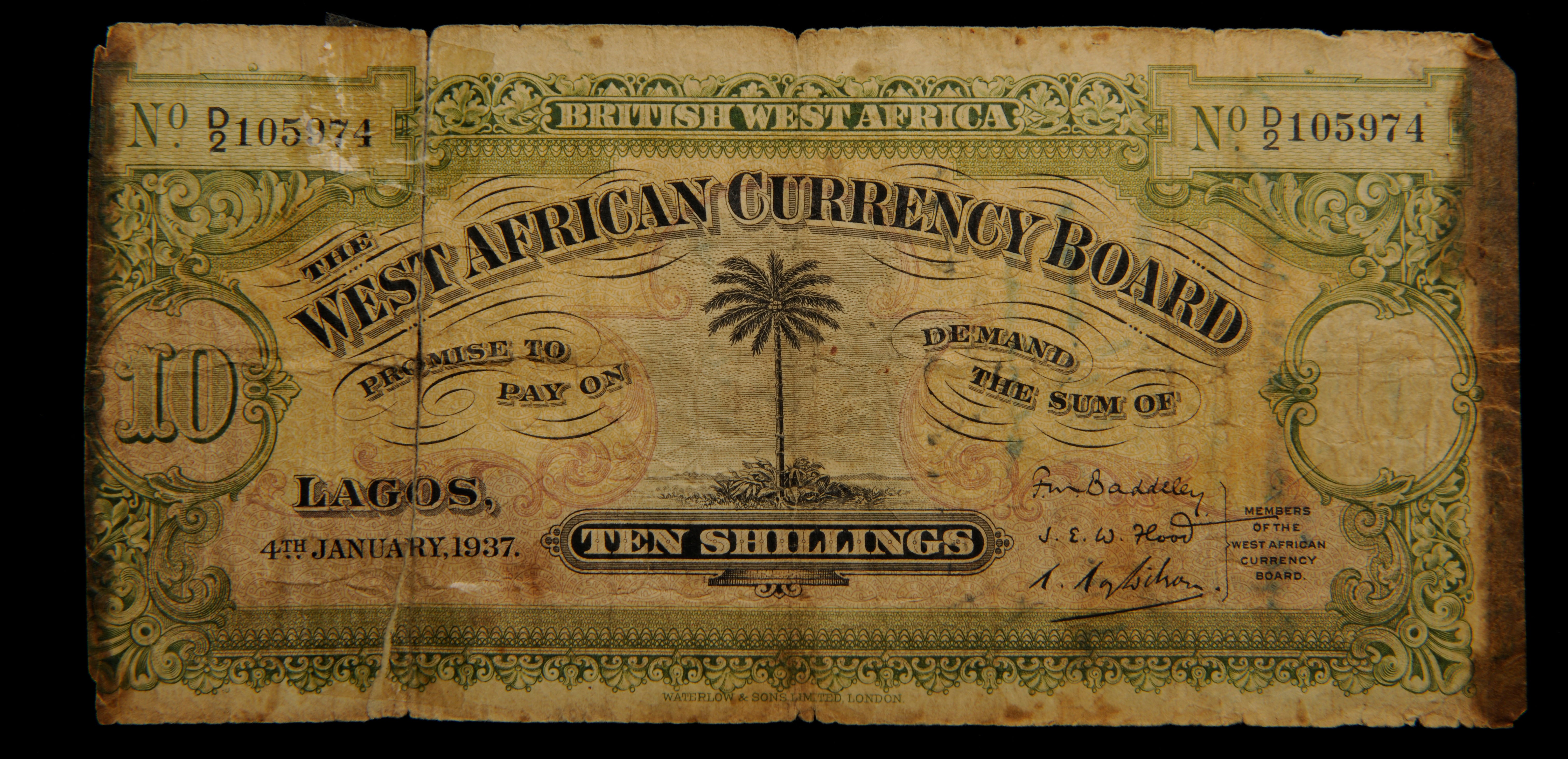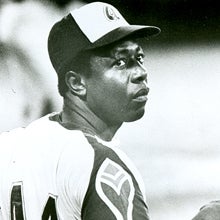“The toughest thing in being away so long is having to learn the peculiarities of opposing pitchers all over again. But that doesn’t take long. You pick up a lot in one swing around the league.”
- Home
- Our Stories
- The Return of Hank Greenberg
The Return of Hank Greenberg
After four war-torn years, the citizens of the United States could finally envision peace. A return to pre-World War II life, however, was much less certain – even for the best athletes of the era.
Enter Hank Greenberg.
It was July 1, 1945 – less than eight weeks after Germany’s surrender ended the European war and a little more than two months until the end of the battle in the Pacific. Greenberg, who entered the Army Air Corps four years earlier in May of 1941, stepped to the plate in the bottom of the eighth inning of Game 1 of a Tigers vs. A’s doubleheader. It was his first game in the majors since his discharge two weeks prior, and Greenberg was already 0-for-3.
No one – not even the two-time American League MVP himself – knew for sure if a player could return from war and regain his previous form.
But with one swing – a blow that sailed into the left-field stands at Briggs Stadium and electrified the crowd of 47,729 fans – Greenberg answered the all the questions.
The heroes of baseball were on their way home.
Four future Hall of Famers: Luke Appling, Bob Feller, Red Ruffing and Greenberg – returned from the military that year. Each picked up right where they left off before the war. But it was Greenberg, who powered the Tigers to the AL pennant that summer, who became the living symbol of life after war.
“He will be watched as a symbol of hope to all the other ballplayers in the service,” said Whitney Martin of the Associated Press, “who fear their absence from the game might impair their effectiveness and money-earning capacity.”
Greenberg quickly put their fears to rest. The 34-year-old left fielder had played in only one exhibition game while serving as an Army Air Corps captain, and had practiced with such zeal for his return that he blistered the skin on his left hand in batting practice.
“Greenberg will hit, and you can count on that,” said future Hall of Famer Ted Williams in June of 1945, while Williams was serving in the Marines. “At the end of the season, he’ll be the most dangerous hitter on the Detroit team.”
Throughout his four years stationed at bases in the U.S. and flying B-29 missions over the Himalayas in the China-Burma-India Theater, Greenberg had dreamed about his return to the majors. But he exceeded all expectations by hitting .311 in the season’s final 78 games, clubbing 13 homers and driving in 60 runs – and even finishing 14th in the AL MVP voting.
For a man who once hit 58 homers in one season and drove in 183 in another – and won his two MVP awards in two different seasons than those – the numbers weren’t gaudy. But Greenberg showed his peers that their baseball skills were not irrevocably damaged during their service to their country.
Maybe more importantly, Greenberg demonstrated that he was still a winner. He had led the Tigers to three AL pennants and one World Series win before entering the service, and upon his return he was thrust into the middle of one of the tightest pennant races in AL history.
“I thought I was in good shape when I came out of the (Army Air Corps),” Greenberg told the Associated Press. “The toughest thing in being away so long is having to learn the peculiarities of opposing pitchers all over again. But that doesn’t take long. You pick up a lot in one swing around the league.”
Hall of Fame Membership
There is no simpler, and more essential, way to demonstrate your support than to sign on as a Museum Member.
The Tigers’ sweep of Philadelphia on July 1 increased their first-place lead over the Yankees to three-and-a-half games. Four days later, Greenberg pinch hit in the bottom of the ninth with two out, with runners on second and third and his team trailing the Red Sox 8-7. Greenberg singled to center, driving in two runs and putting the Tigers four-and-a-half games up on the Yankees.
When the season’s final day dawned, Detroit – which had lost the 1944 pennant to the Browns on the last day of the season – was one-half game up on the Browns with a doubleheader scheduled that day in St. Louis. The Browns took a 3-2 lead into the top of the ninth when Detroit loaded the bases with one out.
Greenberg then ended the drama – and made the second game unnecessary – by crushing a ball into the left-field bleachers, a blow which eventually gave the Tigers a 6-3 win and the pennant.
At season’s end, Appling had batted .363 in 18 games with the White Sox, and Feller was 5-3 with a 2.50 earned-run average in nine games for Cleveland. Ruffing, at 41, was 7-3 with the Yankees with a 2.90 ERA.
But it was Greenberg who demonstrated that a return to normalcy was possible.
In the World Series, Greenberg hit the Tigers’ only two home runs, notched a team-high seven RBIs and hit .304 in Detroit’s 4-games-to-3 win over the Cubs. The next season, Greenberg led the AL with 44 home runs and 127 RBIs.
Greenberg retired after spending the 1947 season with the Pirates and was elected to the Hall of Fame in 1956.
Baseball had survived the crisis.
“Being entirely away from the game during the four years in the (Army Air Corps) put me at a disadvantage,” Greenberg said. “But it all came back.”
John Rosengren is the author of several award-winning books, including “Hank Greenberg: The Hero of Heroes”
Discover more Baseball History
Mentioned Hall of Famers
Related Stories
Finding Aid for BA MSS 105 (Joint Major League Meetings)

The Hall of Fame Remembers Jim Bunning

Hall of Fame manager Sparky Anderson born
DICK ENBERG NAMED 2015 FORD C. FRICK AWARD WINNER FOR BROADCASTING EXCELLENCE

When the First Five Were Chosen

Mrs. America and the AAGPBL

World Series MVP Scott Brosius Comes Full Circle in Cooperstown

Vin Scully’s 2016 Dodgers Media Guide puts a 67-year long career into perspective
01.01.2023



















